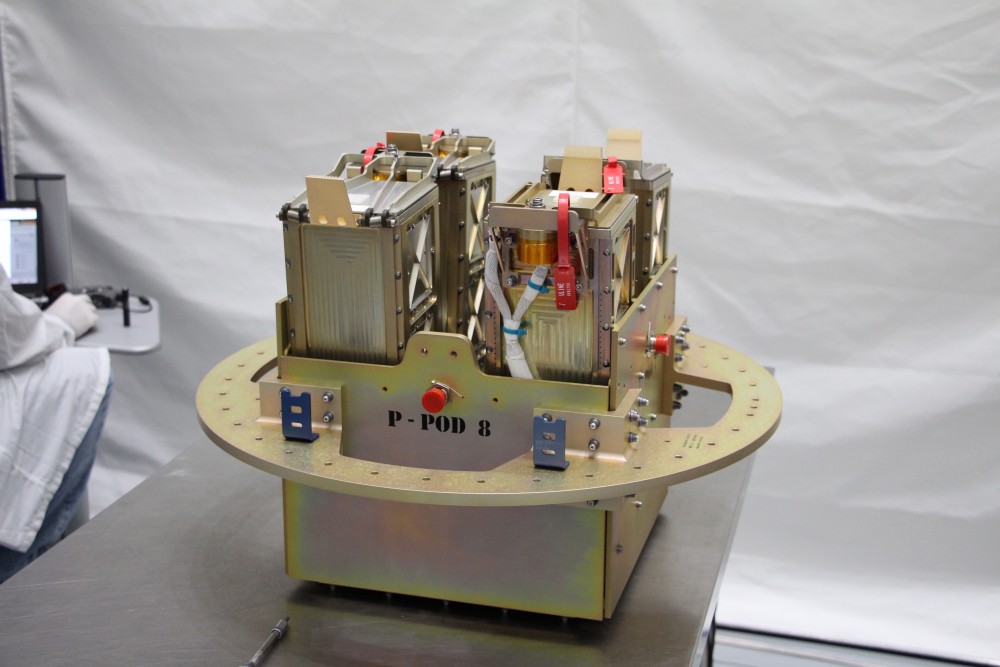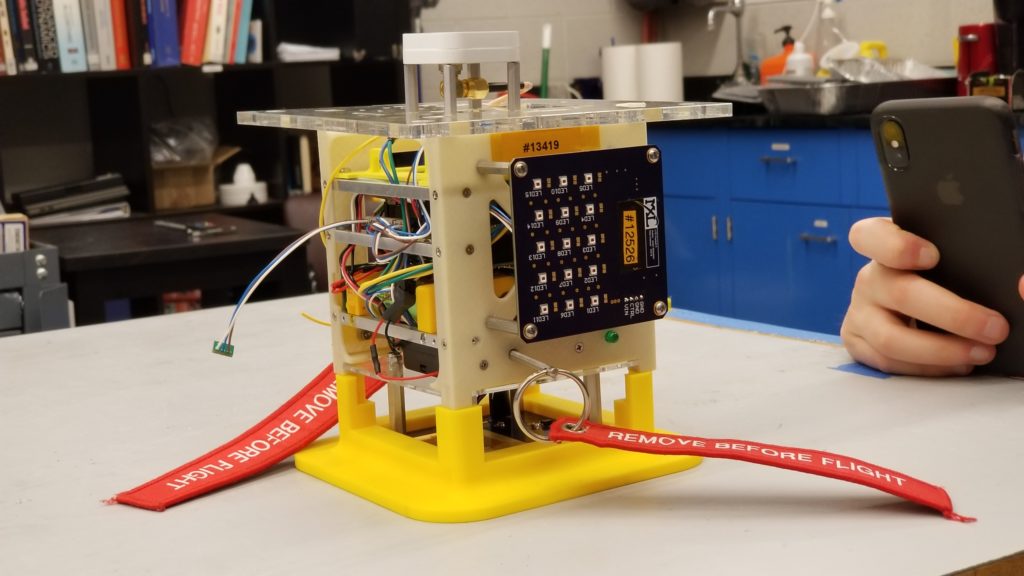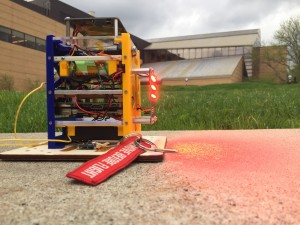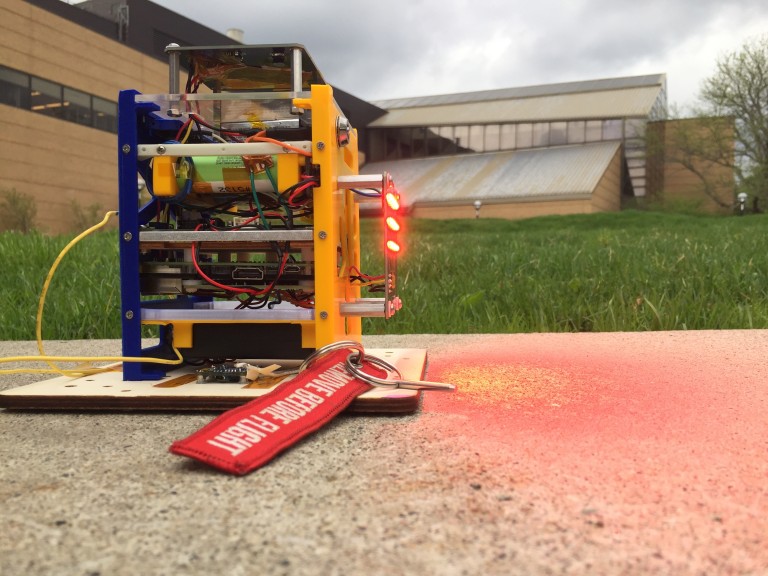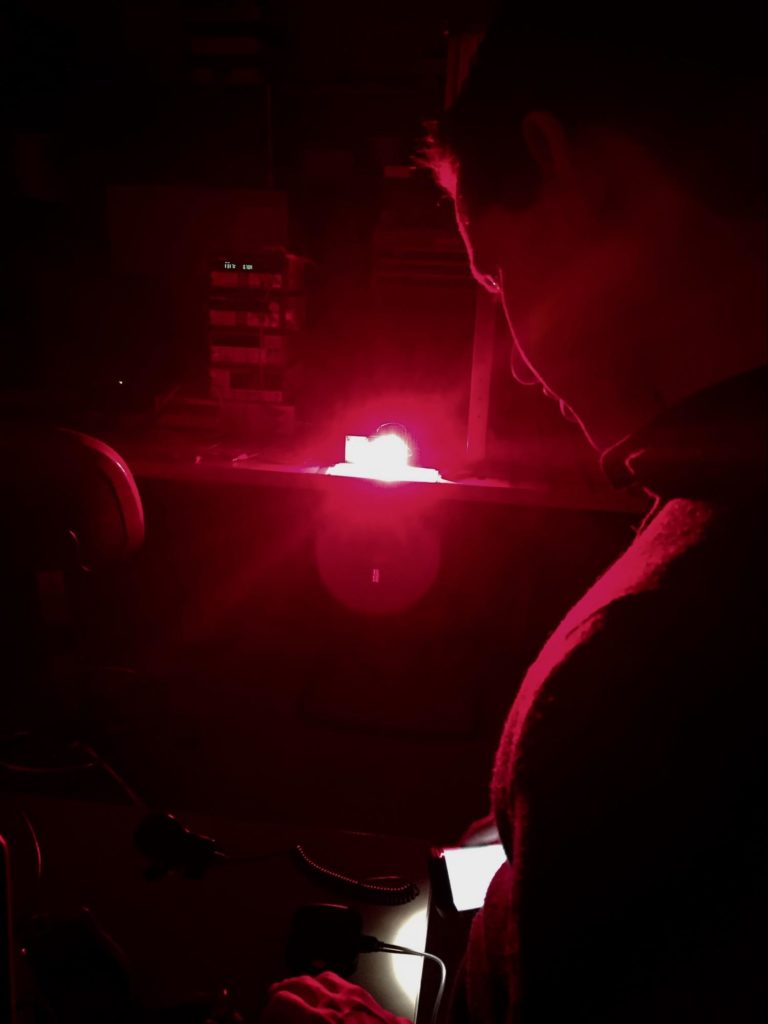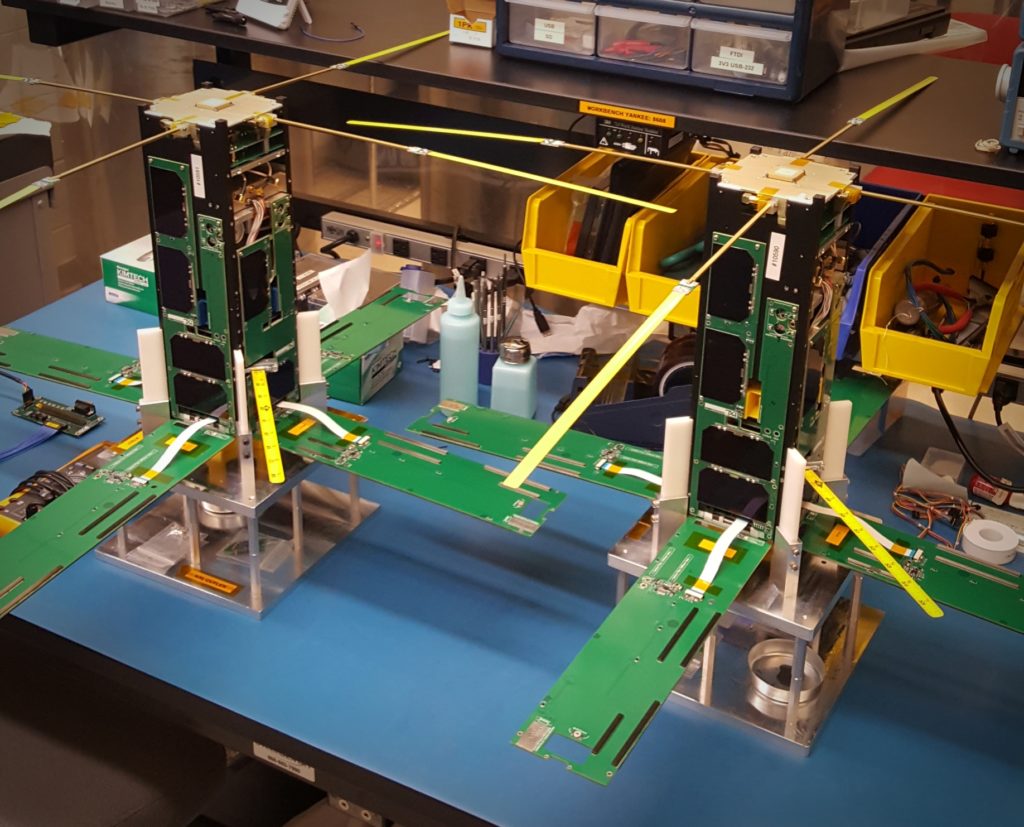MXL’s first pair of coordinated satellites are scheduled to launch in 4 days. This will be the first part of a constellation that we hope grows with additional nodes for space weather monitoring and technology demonstrations. The Enhanced Tandem Beacon Explorers (E-TBEx) will map the Earth’s upper atmosphere to characterize how plasma bubbles develop in Continue Reading »
TBEx Launch: T-minus 4 Days
